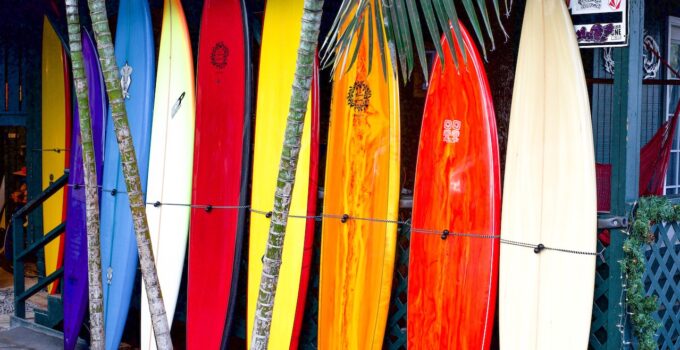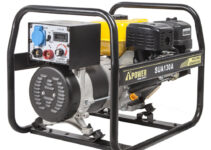Choosing a surfboard is a must if you want to enjoy the water in a different, exciting, and new way.
It doesn’t matter if you’re a beginner, intermediate, or seasoned pro when it comes to surfing – we all have to start somewhere. Do you know where and how?
All people have to understand board arrangement, size, and shape before hoping on.
Your surfing skill, wave types, surf conditions, and fitness level all affect the board you should use. Let’s not forget that everyone’s budget is also different. Keep on reading to figure out your ideal surfboard.
5 types of surfboards and tips for choosing the right one
Table of Contents
1. Look at its dimension
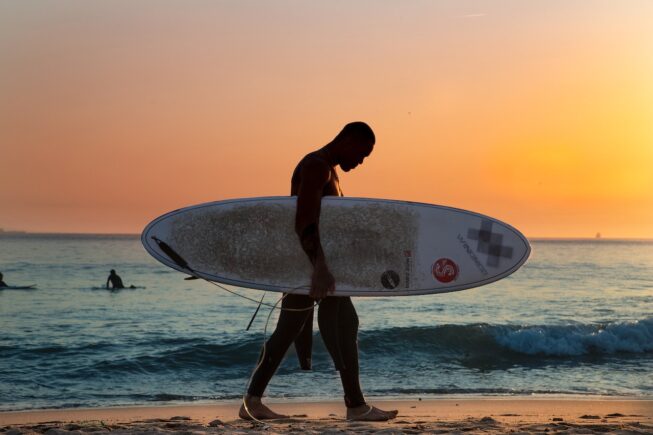
Source: pexels.com
Nobody can find the perfect surfboard. The reason behind this is that each surfboard is handcrafted in its own special style. Some of the most important variables are:
Length
The stability and line-holding ability of a surfboard are directly proportional to its overall length.
Longer boards are preferable for beginners since they are simpler to paddle, more stable, and more effective at catching waves.
Width
The width of a surfboard is the distance between the outer edges of the rails. Wide surfboards are more stable and easier to ride the waves with.
With more room for their feet to spread out, beginners have a better chance of staying balanced.
A thinner surfboard is easier to maneuver around turns.
It’s the best option for seasoned surfers who want a board that can handle the swells more effectively.
Thickness
Surfers just starting out should use boards with more thickness.
You can paddle more quickly, hover more steadily above the water, and catch waves easily. In addition, surfboards with a greater thickness are better able to keep their pace even in milder waves.
2. Foam board
For the majority of surfers, the entry-level board is the foam surfboard which is also known as a foamie.
Whether you were purchasing your first or tenth surfboard, I’d like to believe that a foamie was involved at one point.
Most of the people using these surfboards are learners at surfing schools and other training facilities.
For a number of convincing reasons, foam surfboards are the best choice for beginning surfers.
They are less harmful to beginners to land on or get hit with because of the foam, making them easy to work with and work on. You should also know that there are certain disadvantages to foam surfboards, such as:
Its size – Longboards are often among the largest surfboards among the many different types, and transporting and storing them is quite difficult.
3. Longboard
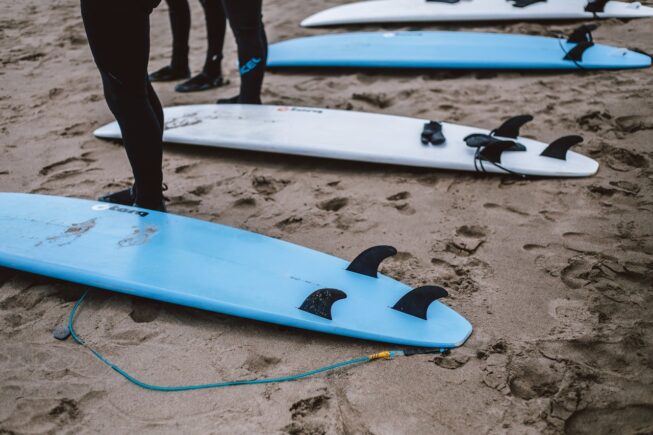
This board can range from 1-2 feet. Certain experienced surfers also find them enjoyable to ride in more challenging conditions.
If you want to surf throughout the year, one of these 8-to-12-foot boards is your best bet. They can provide you and leave you with buoyancy and glide, and general comfort when out and about.
Combined with a moderate amount of rocker, this can help you skim across the water’s surface.
Longboards can sometimes provide enjoyable, unblemished rides even in less-than-ideal surf.
You can paddle more efficiently with one of these boards, making it easy to get into more waves.
Because of their size, it’s not hard to get a handle on the basics because they’re so solid.
The inability to duck dive on a larger board makes it difficult to cross the break, especially on larger waves.
Because of their length, longboards are awkward to steer, but fast bends are out of the question.
4. Hybrid
A hybrid is also known as a funboard, which is made to catch waves regardless of how broken or unbroken they are.
They are a fantastic method to advance your surfing, whether it is by developing your pop-up or learning to bottom turn.
They don’t require a specific rack on top because most automobiles can fit them inside.
Funboards are much easier to transport than the other two types of surfboards we’ve seen so far due to their reduced weight and smaller size.
This surfboard’s nose has reduced volume, making it the first of its kind that can be duck-dived (with some practice). It will suit most men and women and is very convenient to have around. It is also quite easy to find at most shops, and online.
5. The fish
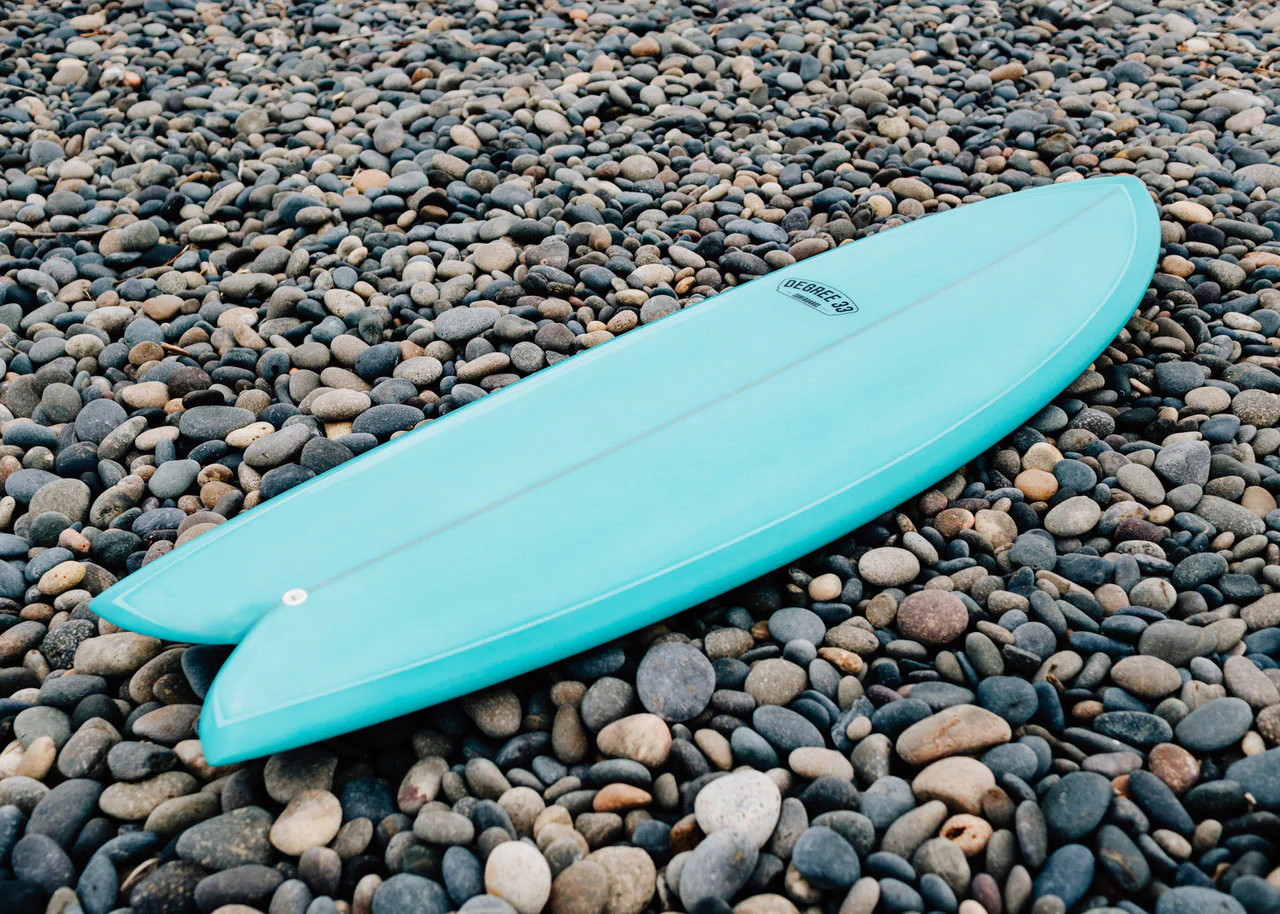
Source: degree33surfboards.com
Change your board’s size from small to medium.
Distinguished by a wide, bulbous snout and a body that tapers to a point at the back where it forms a swallowtail, this type is instantly recognizable.
Most people who ride fish use either a twin- or quad-fin arrangement.
Since these boards have greater volume and less rocker than standard shortboards, they perform exceptionally well in weak or mushy waves.
Their wide profile, enormous nose, and low rocker give them exceptional buoyancy and speed.
Since they’re shorter than funboards, you’ll find that you have a lot more control over them.
This is great for when you start attempting twists and basic moves like cutbacks. The size difference between these boards and longboards/funboards makes it harder to catch waves on them. Don’t mistake the short length of these surfboards for the claim that they are “performance” surfboards.
With their large profile, you’ll have a hard time turning your surfboard from edge to edge, limiting your mobility.
It is time to surf!
Do you feel like you’re ready to hit the waves and have the time of your life? Do you want to do it professionally or recreationally? Either way it may be, you should know that fun starts only when you have the right surfboard. Guys and girls, are you ready to gear up? If so, you should check out surfari.ch if you’re looking for some fun surfboards, wet suits, surf wear, as well as accessories! Browse through their site and enjoy the variety that they have to offer for everyone. There are also some great deals and coupons for you to discover.
